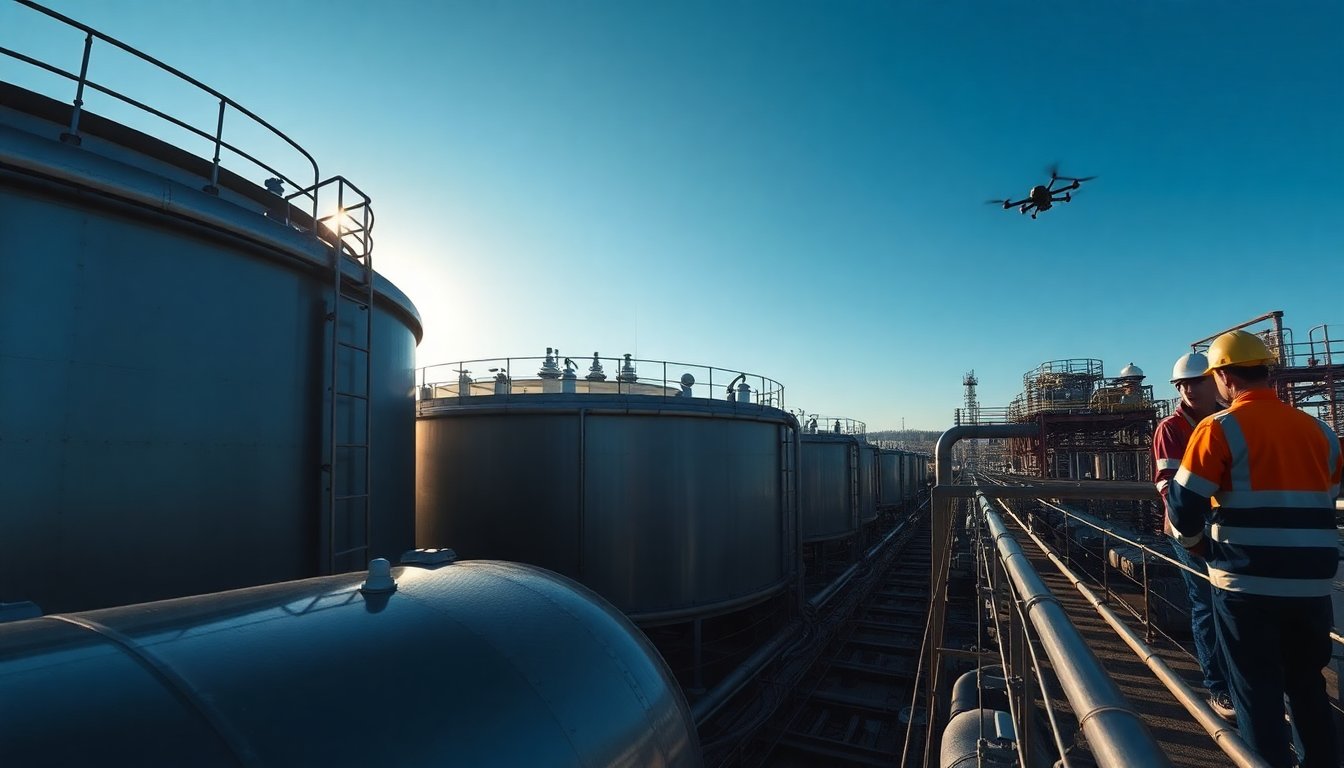Table of Contents
The ongoing conflict between Russia and Ukraine has led to a significant escalation of hostilities, particularly through the use of drones. Despite Ukraine intensifying its drone attacks, the overall impact on Russia’s oil processing has been surprisingly moderate, with only a 3 percent decline reported this year. To understand this resilience, it is essential to look at the strategies that Russian refineries are employing.
Leveraging spare capacity
One of the key factors contributing to Russia’s ability to maintain oil production levels is the utilization of spare refining capacity. Industry sources indicate that many refineries have found ways to activate dormant facilities, which allows them to compensate for production losses caused by drone strikes. This adaptability is crucial, as it helps ensure that the country can continue to meet both domestic and export demands for oil.
Rapid repairs and operational adjustments
In addition to activating idle capacity, Russian refineries are also focusing on the swift repair of damaged units. Following drone strikes that have caused significant damage, refineries have mobilized resources to restore operational capabilities quickly. This proactive approach not only minimizes downtime but also enhances the overall resilience of the refining sector against further attacks.
Political and economic implications
As the situation evolves, the political landscape surrounding the conflict remains tense. Ukrainian President Volodymyr Zelensky has underscored the urgency of securing new funding from the European Union, particularly funds derived from frozen Russian assets. He has emphasized that such financial support is critical for Ukraine’s survival, especially as assistance from the United States faces uncertainty.
Impacts on the international community
The ripple effects of these developments extend beyond the borders of Ukraine and Russia. Reports highlight that numerous foreign companies are facing legal challenges regarding their trademarks in Russia, as opportunistic entities attempt to claim rights to brands abandoned by Western firms. This legal maneuvering poses risks to brand integrity and may reshape the market landscape in Russia, as companies like Armani and Amazon find their trademarks vulnerable to exploitation.
Moreover, the emergence of specialized units within the Russian military, such as the Rubikon, is further complicating the situation. This unit is designed to specifically target Ukrainian drone operators, creating heightened pressure on Ukrainian forces in the ongoing conflict. Reports from the front lines indicate that the presence of Rubikon has become a significant concern for Ukrainian military operations.
In light of these dynamics, both countries are adapting their strategies to navigate this protracted conflict. Ukraine’s commitment to leveraging drone technology continues to evolve, while Russia’s refineries are demonstrating a remarkable capacity to adapt and recover from the impacts of warfare. This interplay of tactics will likely shape the future of energy production and military engagements in the region.
Conclusion
The conflict between Russia and Ukraine represents a complex scenario characterized by rapidly changing strategies and political maneuvering. As Russia’s refineries demonstrate resilience through the use of spare capacity and quick repairs, the implications of these adaptations extend into the broader geopolitical landscape. The ongoing situation underscores the need for continued vigilance and innovative responses from both sides as they navigate the challenges of modern warfare.


